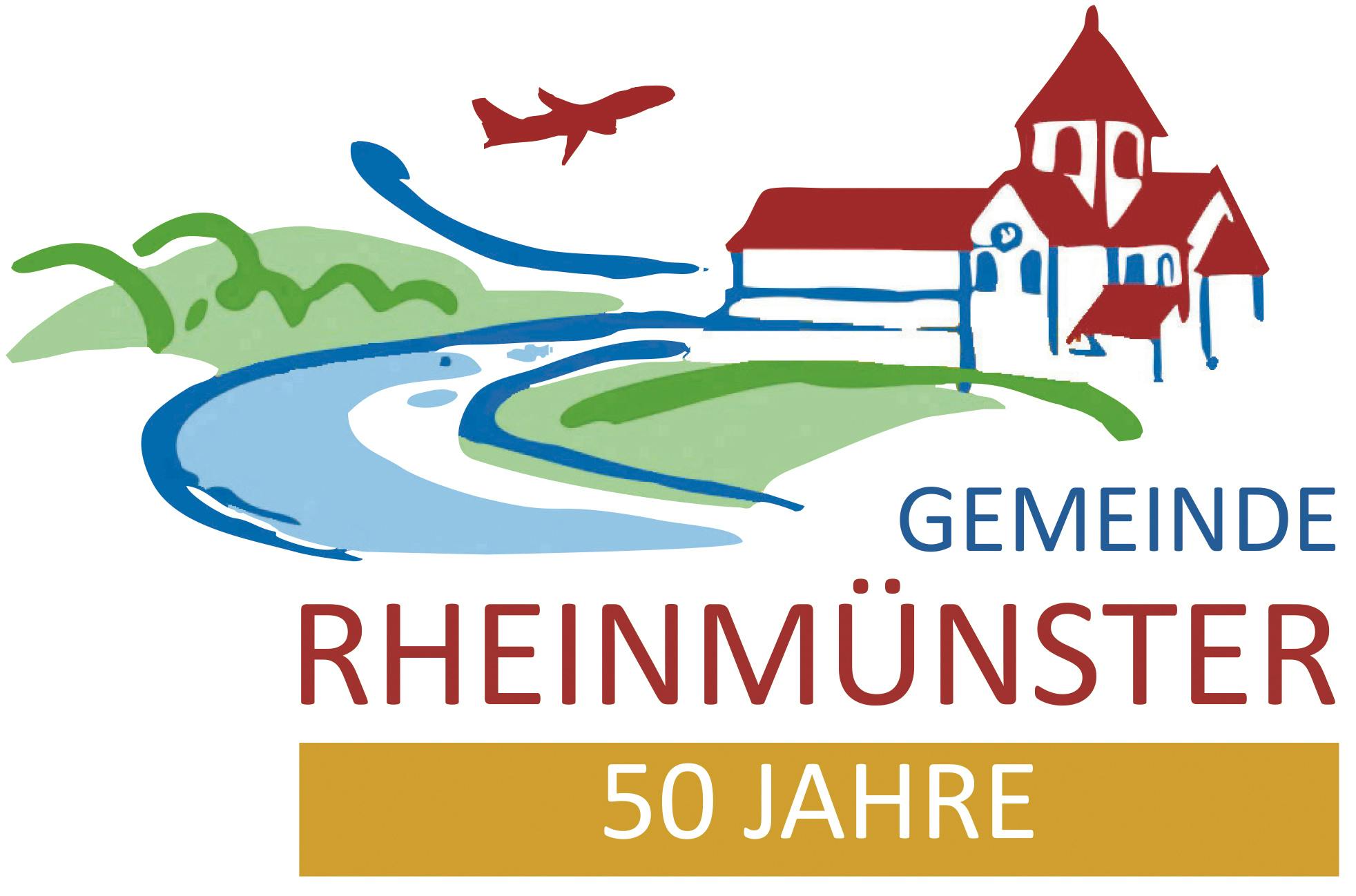History of Söllingen
When Söllingen was originally documented in 1291 as “Selingen”, the name referred to the grave mound that was found in the area at the time of its foundation. When, in 1881, the grave of a noble woman was opened, burial gifts in bronze, amber and gold were found and dated back to the Hallstatt period (approximately 6 centuries BC).
Söllingen’s position on a bend in the Rhine and right on the edge of the flood zone meant that it suffered greatly. The devastation created by the Rhine as a result of high water and floods often far outweighed the benefits it brought, such as navigation. It was only with the advent of the Rhine correction scheme that the landscape and conditions of ownership on and across the Rhine began to change. Considerable changes have continued to be made in our time as a result of improvements to the Rhine such as the dam at Iffezheim.
Söllingen formerly belonged to the abbey at Schwarzach, and the inhabitants were here, as they were elsewhere, “St Peters people”. When, in the 15th century, Söllingen was sold to the margraves of Baden, changes were made to the escort station and state customs post which had been of great importance to the area since the early 14th century and in whose income many noble families on the right and left bank of the Rhine shared, as well as their owners. The noble “von Söllingen” family soon moved away to Strasbourg.
The oldest church records of the chapel and curate’s office of St. Mauritius, whose symbols are on the district coat of arms, come from the 14th century, when there were close links with the mother parish of Stollhofen. In 1700, a new section was added on to the church, and in 1805 an independent parish was set up thanks to the help of his “Electoral Highness”. Finally, in 1842, the foundation stone was laid for the present church which was designed by J. L. Weinbrenner.
Following the great devastation of the Thirty Years’ War, Söllingen was almost completely destroyed in the 1670s. In 1689, the town was drawn directly into the field of war when work began on the construction of Fort Louis on a nearby island in the Rhine. An external fort was even built to protect the town from Fort Louis, but its fortifications had to be torn down. Söllingen suffered a great deal in both the Polish and Austrian wars of succession due to its position on the Rhine, opposite Fort Louis. At the beginning of the 1790s it became a main deployment area and it was from here that a large part of the cannon assault on Fort Louis was launched in 1793. The town once again played an important role in 1814, when the allied troops crossed the Rhine here; today “Russenstraße” (Russia Street) stands as a reminder of this. The construction of an airport in 1952 also brought about a number of changes.

